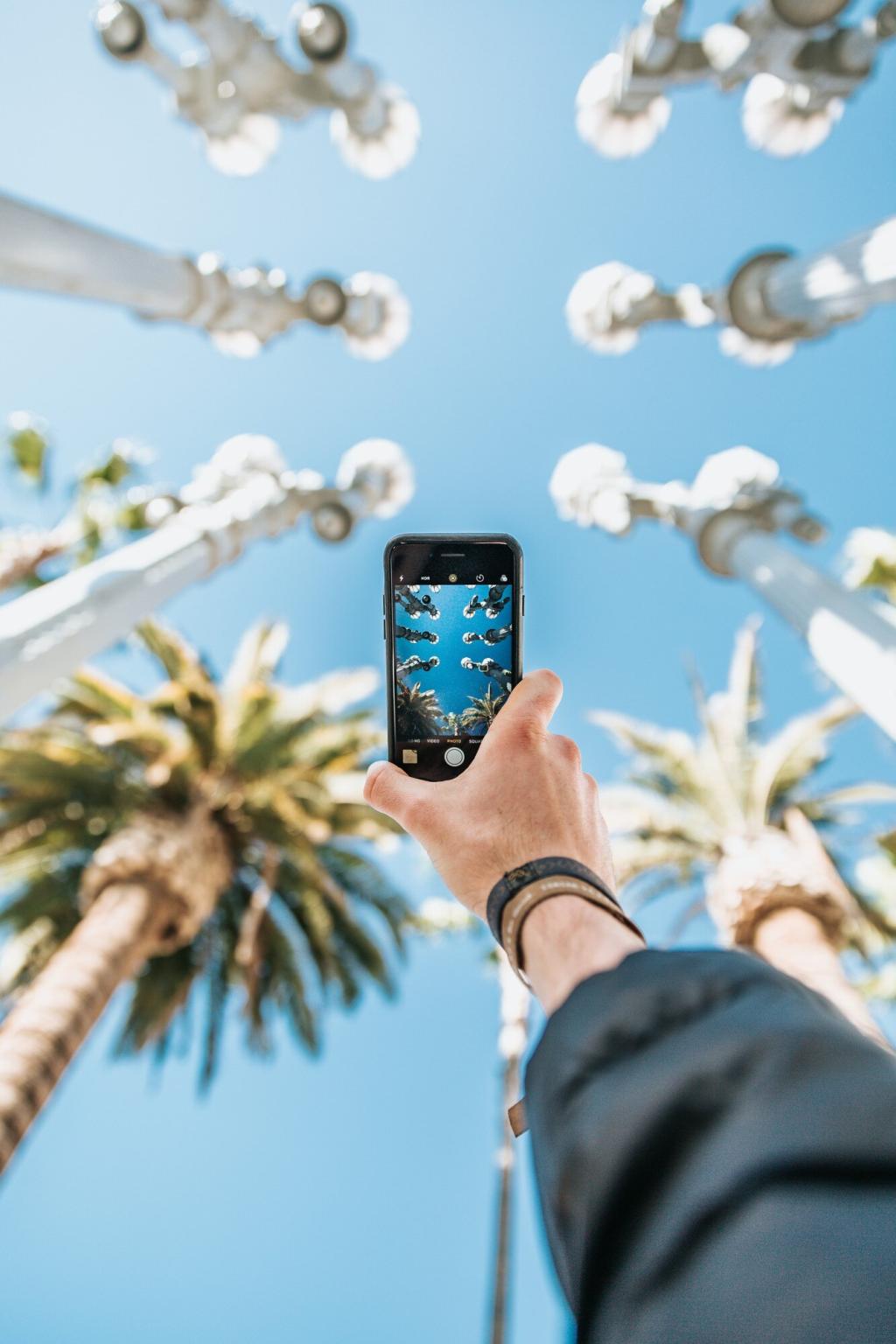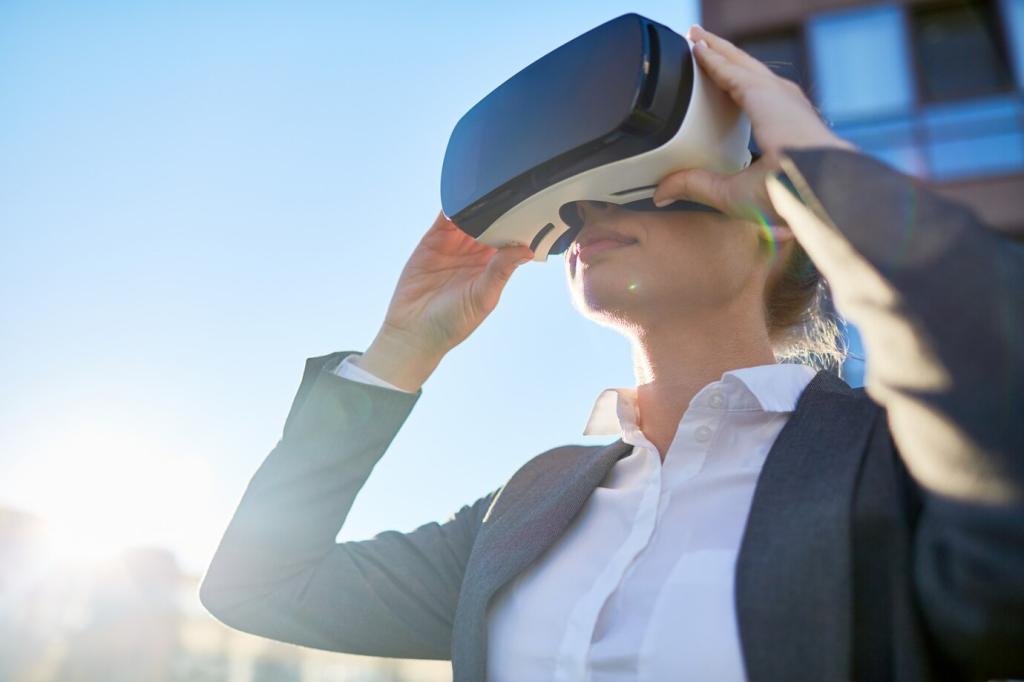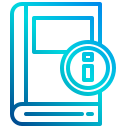Top Mapping Tools for Precision Tours
Theme selected: Top Mapping Tools for Precision Tours. Explore how purpose-built maps, accurate sensors, and thoughtful features turn guided routes into reliably timed, story-rich adventures. Share your favorite tools and hard-won lessons, and subscribe for next week’s deep dives.
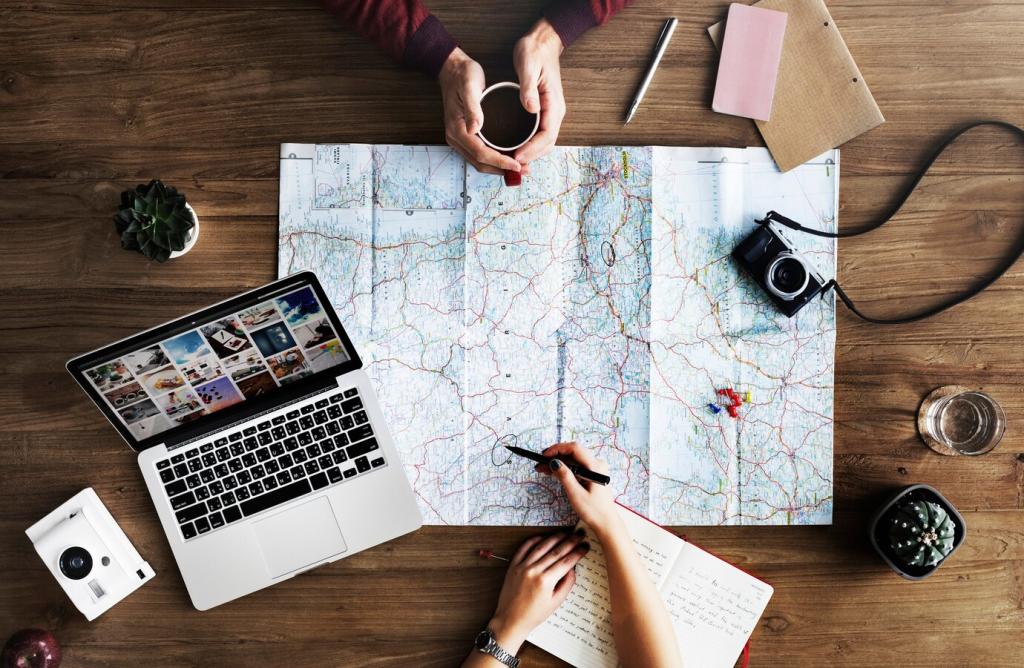
Why Precision Tours Need Specialized Mapping Tools
Precision means arrivals that align with sunlight on a façade, tasting stops that meet prebooked windows, and narratives triggered exactly when a group rounds a corner. It transforms wandering into intention without stripping away serendipity.
Why Precision Tours Need Specialized Mapping Tools
Today’s mapping tools layer historical notes, accessibility data, restroom availability, crowd density, and safe assembly points. Guides move beyond scribbles, tapping structured layers that keep itineraries flexible yet verifiable in changing on-the-ground conditions.
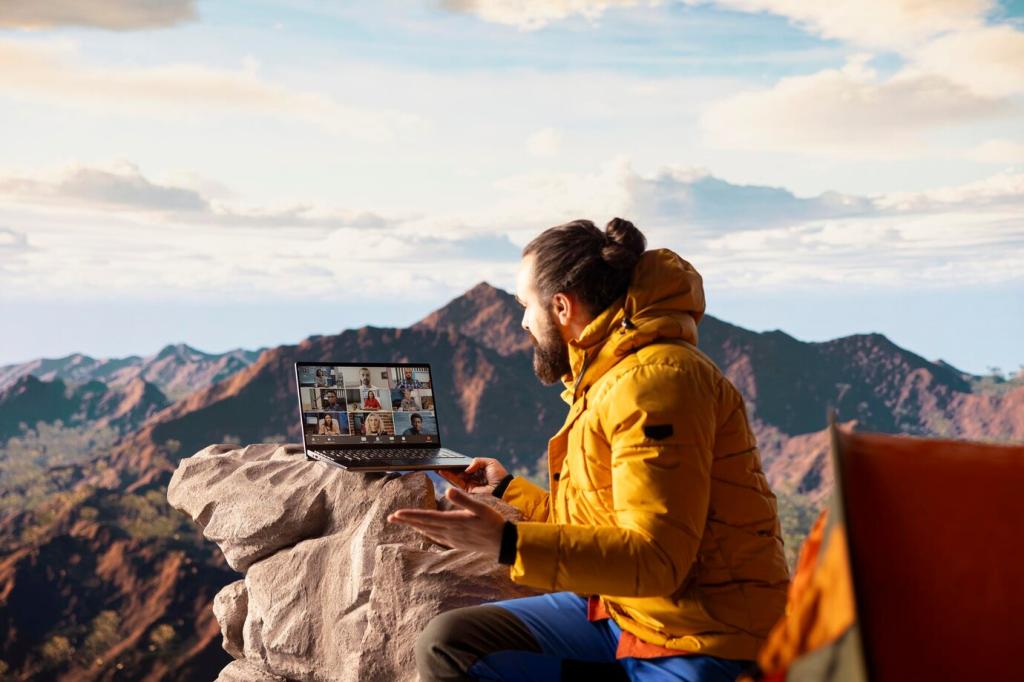
Route Planning and Optimization Features That Matter
Effective planners handle dozens of stops with open and close times, buffer margins, and transfer penalties. Sequencing must balance distance, crowds, and storytelling moments so your group arrives unhurried and every reservation still welcomes you.
Route Planning and Optimization Features That Matter
Precision includes realistic pacing. Tools that account for hills, stairs, heat, and cobblestones prevent overambitious schedules. Guides gain honest ETAs for seniors, families, and mixed mobility groups, reducing fatigue while maintaining the tour’s narrative rhythm.
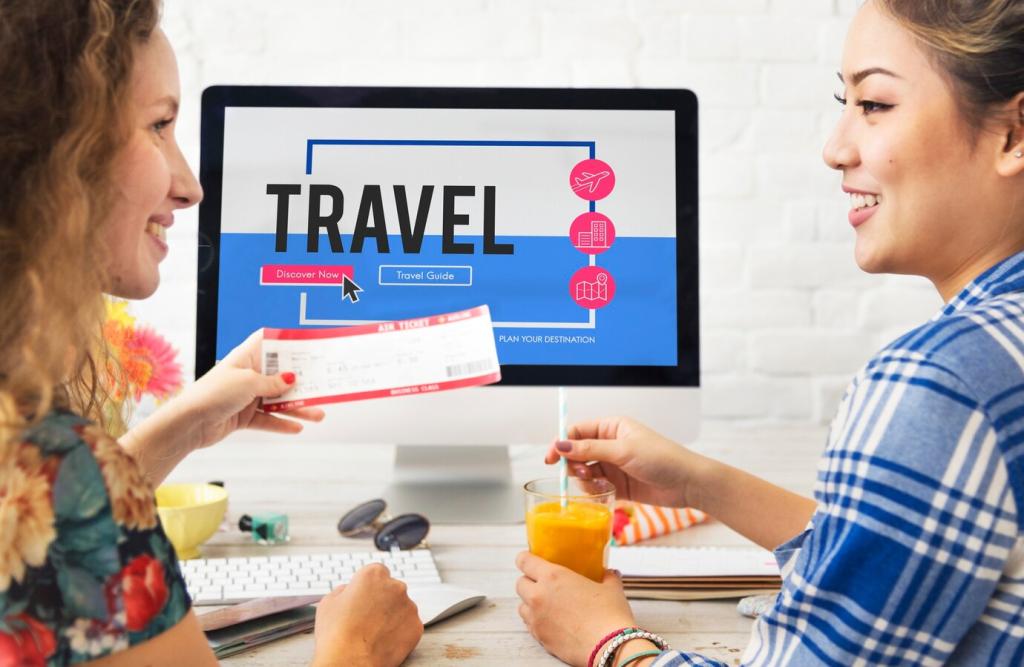
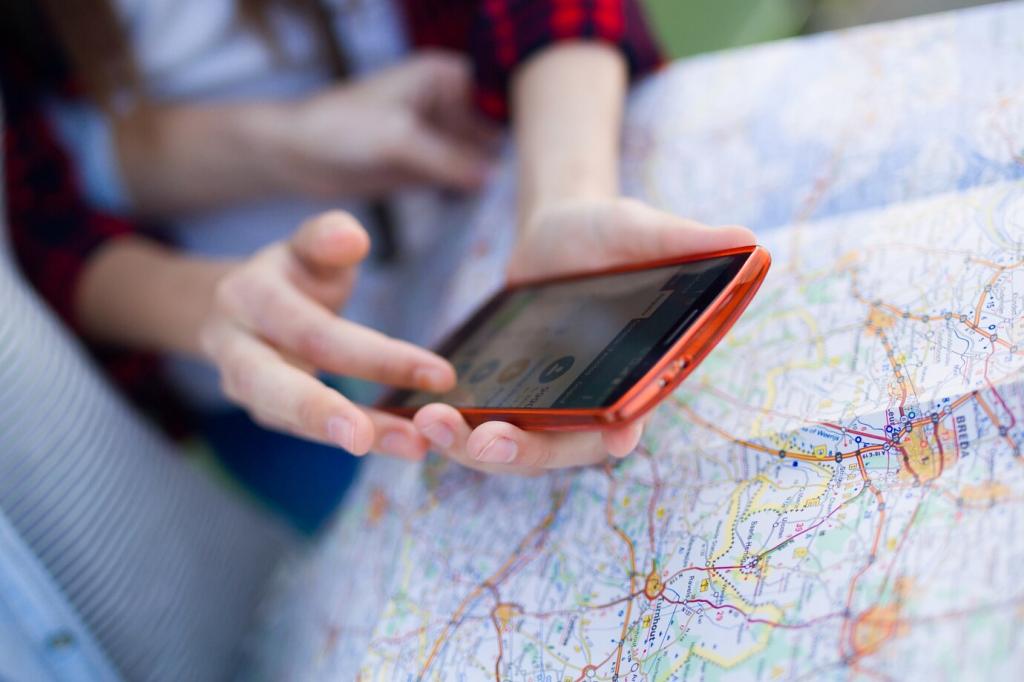
Offline Maps and On-the-Ground Reliability
Look for tools that cache vector tiles, POIs, and route geometry ahead of time. When coverage drops, they degrade gracefully, preserving turn cues, elevation, and geofences so you guide confidently without a spinning offline indicator.
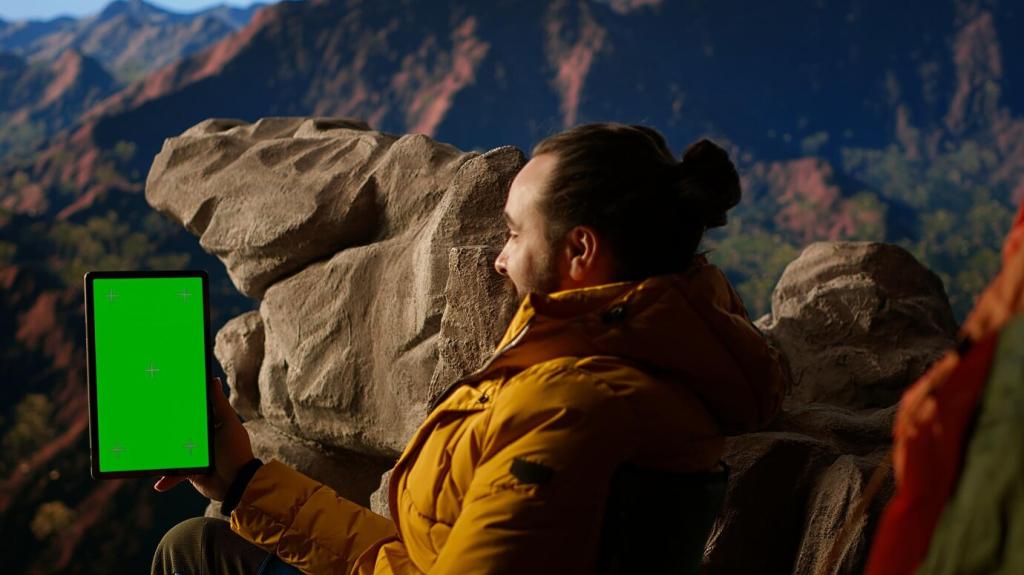
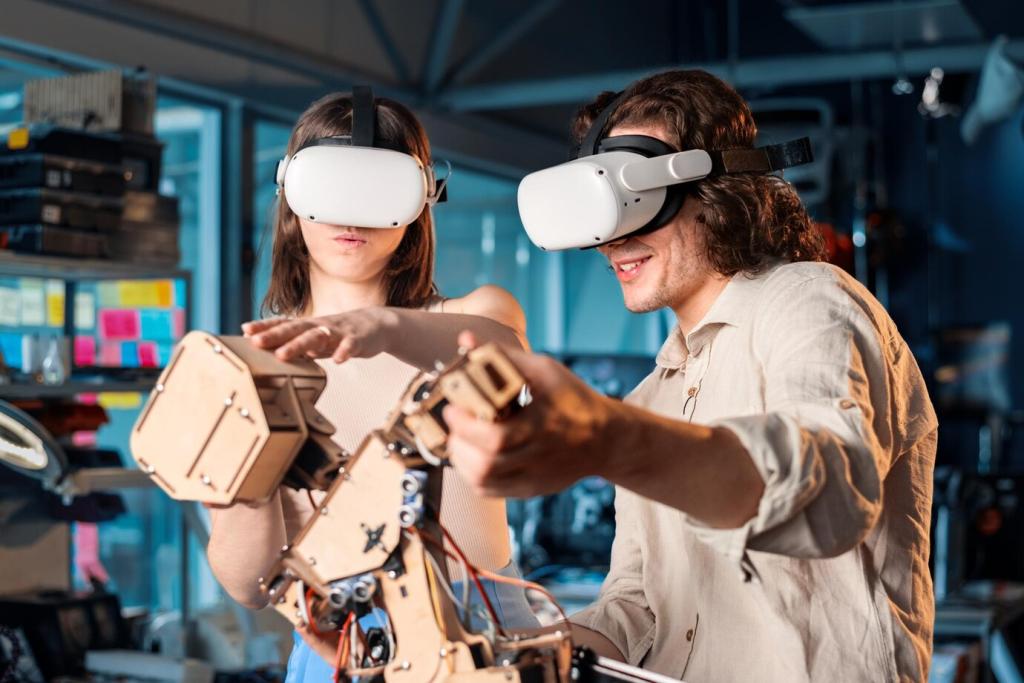
Offline Maps and On-the-Ground Reliability
Precision fails if your phone dies. Smarter tools use adaptive sampling, low-power modes between stops, and motion-triggered wake-ups. This preserves accuracy across long days while keeping enough battery for photos, emergencies, and end-of-tour feedback.
GNSS, RTK, and sensor fusion in real life
Phones blend GNSS with barometer, compass, and step data. Some pro setups add RTK GNSS for sub-meter accuracy in open skies. Urban canyons complicate fixes, so good tools smooth jitter without teleporting your avatar across buildings.
Geofences that trigger timely narratives
Place geofences at approach angles, not only doorways. Trigger pre-briefs before crowds, quiet moments before memorials, and allergy alerts near food stalls. Timely cues make guides seem almost psychic, increasing trust and guest delight.
Rich points of interest with photos, audio, and notes
Attach archival photos, short audio snippets, safety notes, and accessibility tags to each stop. Layered content supports substitutes when lines spike, ensuring every reroute still delivers depth rather than simply filling time between landmarks.
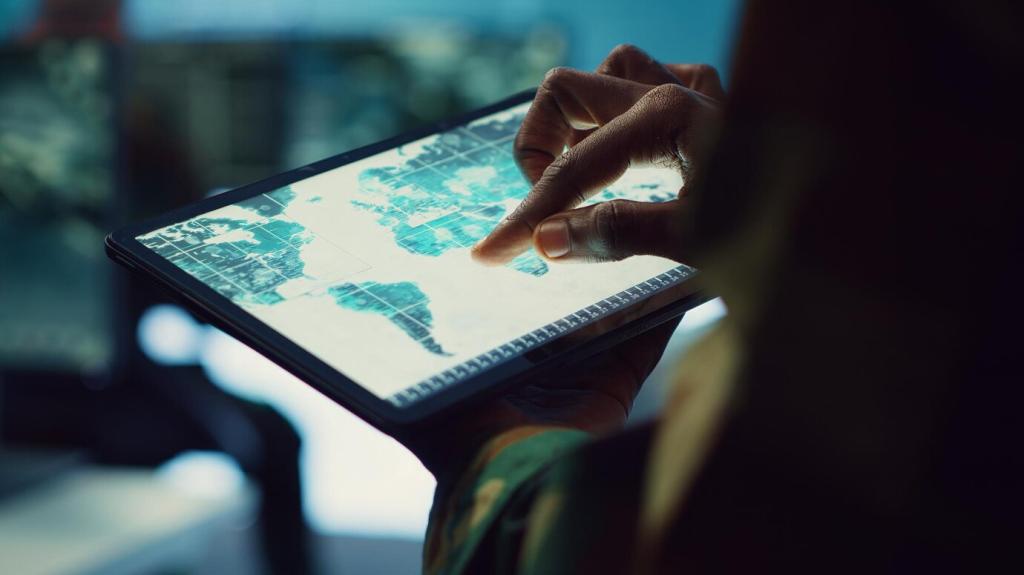
Collaboration, Sharing, and Safety Controls
Look for permissions that separate editors, viewers, and field-only roles. Version history prevents accidental overwrites, and comments speed review. A shared source of truth keeps timings, narratives, and hazards aligned across rotating crews.
Collaboration, Sharing, and Safety Controls
If guests use companion apps, ensure optional, consented sharing of location for regrouping. Respect privacy with clear controls, temporary codes, and minimal retention. Trust grows when guests feel seen, never surveilled, during precision logistics.
